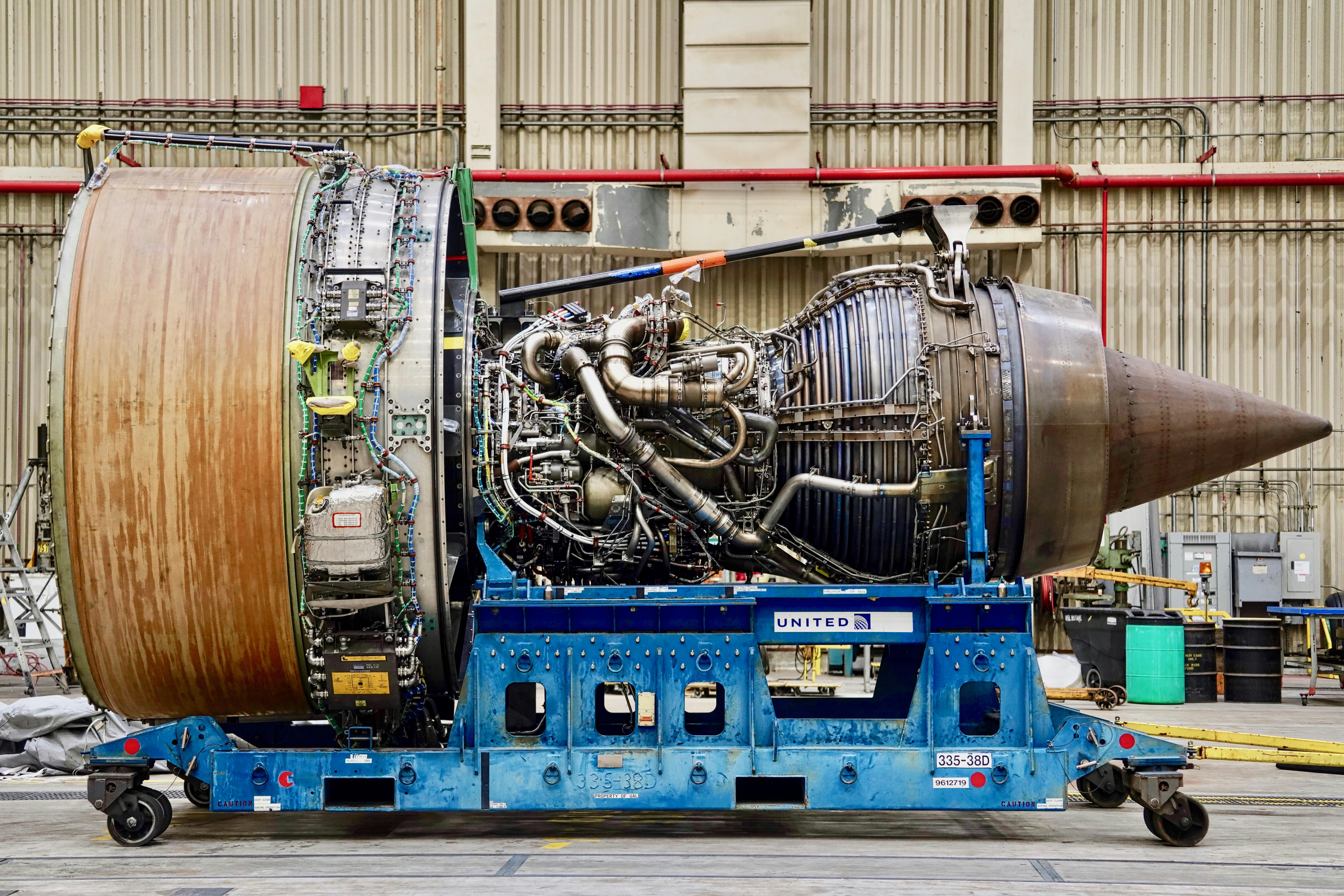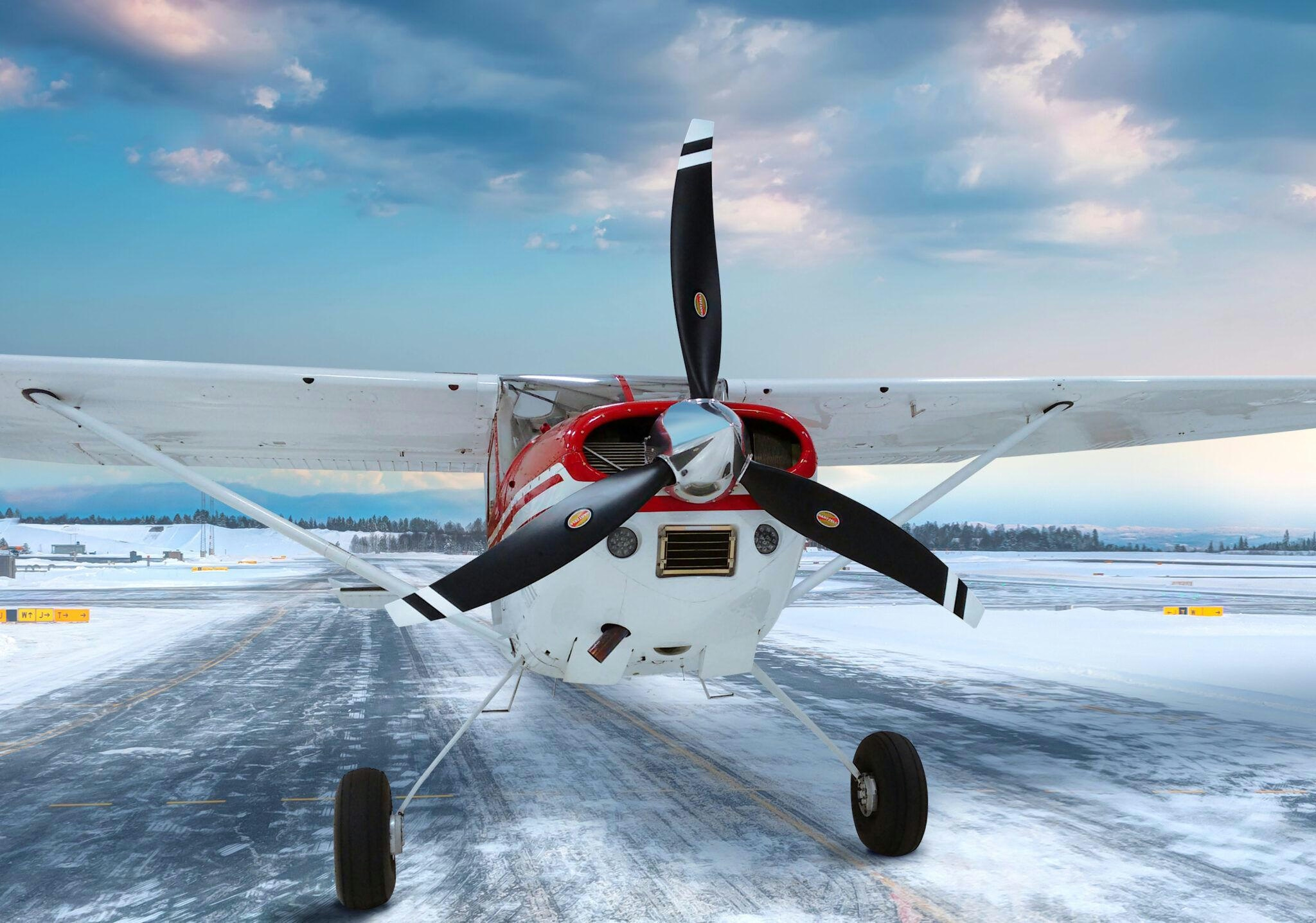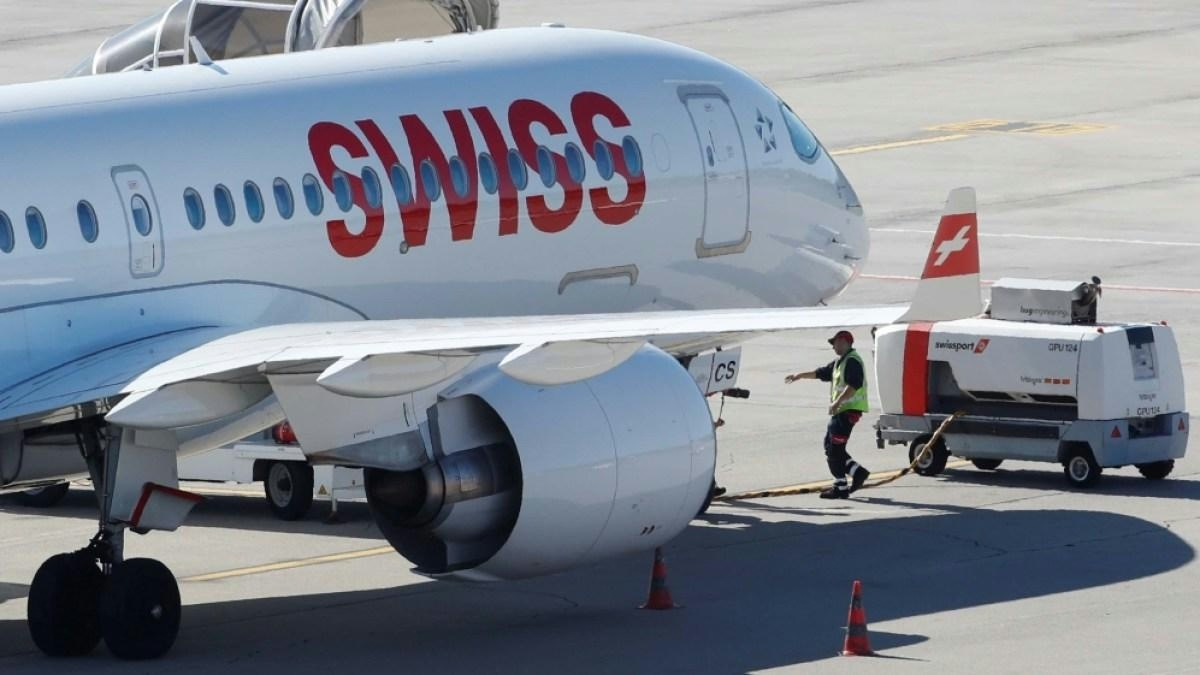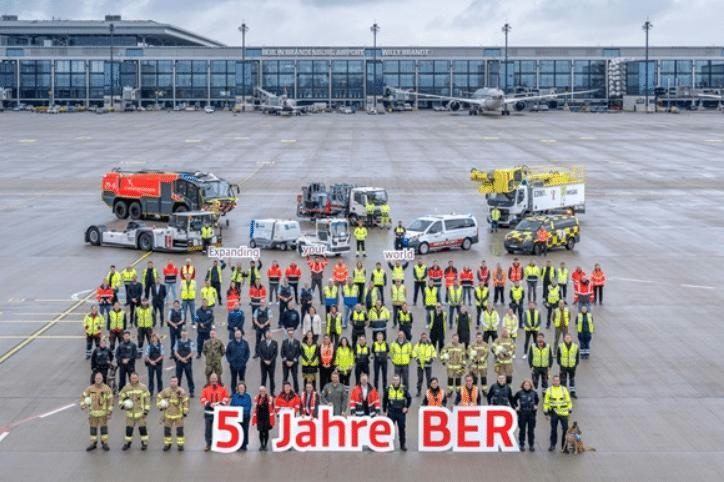
AeroGenie — Votre copilote intelligent.
Tendances
Categories
Air New Zealand Leadership Change Signals Shift in Aviation Innovation

Air New Zealand Leadership Change Signals Shift in Aviation Innovation
Air New Zealand’s recent appointment of Nikhil Ravishankar as Chief Executive Officer represents more than a routine change in leadership; it highlights a significant transformation in the airline’s approach to digital innovation and operational resilience amid a rapidly evolving industry landscape. Ravishankar, whose expertise lies in digital transformation, assumes the top role at a time when airlines are increasingly redefining themselves as technology-centric enterprises. Leveraging data analytics, artificial intelligence, and cloud-native operations has become essential for maintaining competitiveness in the post-pandemic aviation sector.
A New Era for Airline Leadership
The aviation industry continues to recover from the profound disruptions caused by the COVID-19 pandemic, accelerating its adoption of digital technologies. Airlines are no longer merely carriers of passengers but are emerging as drivers of technological change. For Air New Zealand, this leadership transition coincides with a global resurgence in both leisure and business travel, intensifying the demand for agility and a customer-focused approach.
Ravishankar’s promotion from Chief Digital Officer to CEO symbolizes this broader industry shift. During his tenure overseeing the airline’s digital transformation, Air New Zealand implemented advanced tools such as OpenAI’s ChatGPT Enterprise to enhance customer service, reimagined loyalty programs through sophisticated data analytics, and migrated critical operations to cloud-based platforms. These initiatives are not incremental improvements but foundational strategies aimed at future-proofing the airline against climate-related risks and evolving consumer expectations.
Four Pillars of Digital Resilience
Air New Zealand’s strategic direction aligns with four key imperatives shaping the aviation industry today. First, AI-driven personalization enables the airline to move beyond generic pricing and services, tailoring offerings such as seat upgrades and ancillary products based on deep data insights. According to the International Air Transport Association (IATA), 73% of airlines are investing in personalization technologies, recognizing their positive impact on revenue and customer loyalty.
Second, operational optimization through automation and predictive analytics is streamlining processes ranging from crew scheduling to disruption management. Research from the Boston Consulting Group (BCG) indicates that airlines employing AI for operational planning have experienced more than double the growth in earnings before interest and taxes (EBIT) over three years. For Air New Zealand, this translates into reduced delays and enhanced operational agility.
Third, cloud modernization is unlocking real-time analytics capabilities and accelerating innovation cycles. Currently, 68% of airlines run critical workloads in the cloud, benefiting from lower IT costs and faster service deployment—advantages already realized by Air New Zealand.
Finally, cybersecurity has become a strategic priority at the board level, especially in light of regulatory requirements such as the U.S. Securities and Exchange Commission’s mandate for 72-hour cyber-incident reporting. Dame Therese Walsh, chair of Air New Zealand’s board, has emphasized the importance of embedding robust threat monitoring within the airline’s digital infrastructure to safeguard operations and customer data.
Navigating Challenges and Market Dynamics
Despite the positive momentum in global air travel, Air New Zealand’s leadership faces considerable challenges. The ongoing recovery from the industry downturn demands careful management, while the integration of new strategic initiatives under Ravishankar’s leadership will be closely scrutinized by investors. Market responses may include increased attention to the CEO’s vision and operational changes, with competitors potentially seeking to capitalize on any perceived vulnerabilities or, alternatively, exploring opportunities for collaborative innovation.
Implications for Investors
For investors, the leadership change at Air New Zealand offers insight into how airlines are adapting to a new operational paradigm where digital transformation is indispensable for survival and growth. The airline’s proactive adoption of technology-driven strategies positions it to benefit from the sector’s rebound. However, the ultimate success of these initiatives will depend on effective execution and the ability to sustain a competitive advantage in a dynamic and challenging market environment.

Comparing Rolls-Royce and General Electric Aircraft Engines

Diamond DA50 RG Receives Transport Canada Certification

Restored 1960 Cessna 180C Skywagon Highlights Backcountry Aviation

Swiss Grounds Airbus A220-100 Fleet Over Engine Problems

EPC Aerospace Opens U.S. Headquarters at Orlando International Airport

BER Marks Five Years with 100 Million Passengers and Digital Advances

IBS Software Appoints Abha Dogra to Lead AI Initiatives in Aviation

Students Use AI to Rethink Urban Mobility

FLY4 Airlines and ACS Leasing Launch Winter ACMI Service from Delhi
